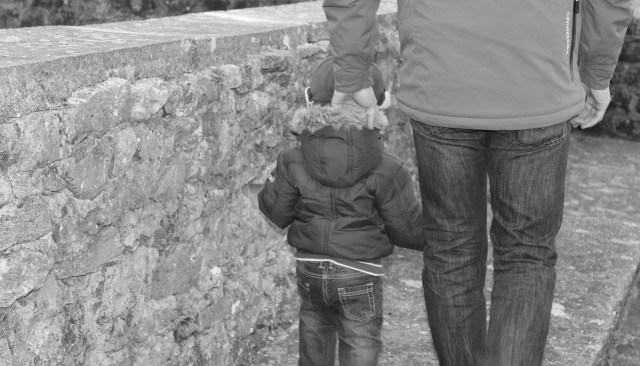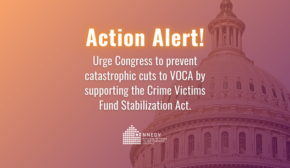When Children Commit Parricide: Recognizing the Need for Trauma-Informed Services for Abused Children
April 14, 2017
The National Network to End Domestic Violence (NNEDV) recognizes April as Child Abuse Awareness Month. This week, we acknowledge the need for greater understanding around the issue of parricide (which occurs when a child kills his or her parent), particularly as it relates to domestic violence. As we raise awareness on this topic, we stand in solidarity with children like Bresha Meadows, who are often overlooked as victims of domestic violence.
Approximately one in seven children will experience domestic violence. Despite the prevalence of violence among children, support and awareness must be enhanced to consider why child victims of domestic violence commit parricide.
Children who commit parricide are often labeled as rebellious youth, without morals or conscience. However, children who commit this act usually do so in response to years of first- or second-hand abuse [1, 2]. Many children who commit parricide do so out of fear that their own death is imminent and believe that killing the abusive parent is the only way to stop the abuse and be free from a life of fear. (In reality, children are ten times more likely to be killed by an abusive parent than they are to commit parricide [3].) When these children are from communities of color, they are more likely to be overpoliced and receive harsher sentences without regard to the trauma they have experienced. One study reports that young Black girls are more likely to enter the juvenile justice system and receive more severe sentences than members of any other group of girls.
Children generally rely on the nurturing support from at least one parent during crises, but experiencing violence can often hinder parents’ abilities to meet those needs [4]. Children who experience domestic violence are often unable to be protected from possible child abuse when the abused parent is left defenseless. However, abused parents are often penalized for failure to protect their children at the hands of their abusers.

We must recognize children as direct victims of domestic violence and understand the severe psychological trauma that results from abuse. A better understanding of domestic violence, trauma, and parricide could produce significant changes in the way criminal justice professionals respond to children [2].
NNEDV strives to create a social, political, and economic environment in which domestic violence no longer exists. In order to achieve this, we must acknowledge that children are also victims of domestic violence and advocate for the development of comprehensive solutions and justice for victims.
Learn more
- Learn more about trauma and child victims of domestic violence from the Childhood Domestic Violence Association
- Learn more about Bresha Meadows and her pending case from the #FreeBresha website
- Learn more about the #BlackGirlsMatter campaign and study on girls of color who are “Pushed out, overpoliced, and underprotected,” from the African American Policy Forum (AAPF)
- Learn more about trauma-informed services from the National Center on Domestic Violence, Trauma & Mental Health
—
[1] Rowe, Julie. “Escaping A Life Of Abuse: Children Who Kill Their Batterers And The Proper Role Of “Battered Child Syndrome” In Their Defense”. (2006). Criminal Law Brief, 2(1):26-35.
[2] Layton, Jennifer L. (1993). “The Abused Child Fatally Says “No More!”: Can Parricide Be Self-Defense in Ohio?”. University of Dayton Law Review.
[3] P. Mones, (1996). Parricide: Opening a Window Through the Defense of Teens Who Kill, Stanford Law & Policy Review, 7:61
[4] Behrman, R.E., Carter, L.S, & Weithorn, L.A. (1999). Domestic violence and children: Analysis and recommendations. The Future of Children, 9(3), 4-15.





